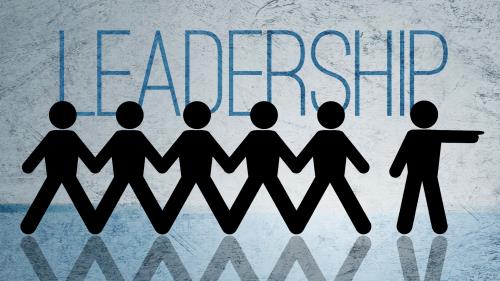-
Credentials
Contributed by Thomas Swope on Mar 17, 2019 (message contributor)
Summary: A study in the Gospel of Matthew 21: 23 – 27
Matthew 21: 23 – 27
What are your credentials
23 Now when He came into the temple, the chief priests and the elders of the people confronted Him as He was teaching, and said, “By what authority are You doing these things? And who gave You this authority?” 24 But Jesus answered and said to them, “I also will ask you one thing, which if you tell Me, I likewise will tell you by what authority I do these things: 25 The baptism of John—where was it from? From heaven or from men?” And they reasoned among themselves, saying, “If we say, ‘From heaven,’ He will say to us, ‘Why then did you not believe him?’ 26 But if we say, ‘From men,’ we fear the multitude, for all count John as a prophet.” 27 So they answered Jesus and said, “We do not know.” And He said to them, “Neither will I tell you by what authority I do these things.”
Now for your personal biblical development regarding the Gospels I want to give you the same situation given in the other Gospels. When we put them together we get a fuller understanding of what went on.
Mark 11 27 Then they came again to Jerusalem. And as He was walking in the temple, the chief priests, the scribes, and the elders came to Him. 28 And they said to Him, “By what authority are You doing these things? And who gave You this authority to do these things?” 29 But Jesus answered and said to them, “I also will ask you one question; then answer Me, and I will tell you by what authority I do these things: 30 The baptism of John—was it from heaven or from men? Answer Me.” 31 And they reasoned among themselves, saying, “If we say, ‘From heaven,’ He will say, ‘Why then did you not believe him?’ 32 But if we say, ‘From men’”—they feared the people, for all counted John to have been a prophet indeed. 33 So they answered and said to Jesus, “We do not know.” And Jesus answered and said to them, “Neither will I tell you by what authority I do these things.”
Luke 20, 20 Now it happened on one of those days, as He taught the people in the temple and preached the gospel, that the chief priests and the scribes, together with the elders, confronted Him 2 and spoke to Him, saying, “Tell us, by what authority are You doing these things? Or who is he who gave You this authority?” 3 But He answered and said to them, “I also will ask you one thing, and answer Me: 4 The baptism of John—was it from heaven or from men?” 5 And they reasoned among themselves, saying, “If we say, ‘From heaven,’ He will say, ‘Why then did you not believe him?’ 6 But if we say, ‘From men,’ all the people will stone us, for they are persuaded that John was a prophet.” 7 So they answered that they did not know where it was from. 8 And Jesus said to them, “Neither will I tell you by what authority I do these things.”
What your Credentials? They often refer to academic or educational qualifications, such as degrees or diplomas that you have completed or partially-completed. "Credentials" can also refer to occupational qualifications, such as professional certificates or work experience.
Credential innovation is a hot topic in higher education, from micro credentials to digital badges, from competency-based and clickable transcripts to stackable credentials.
While numerous articles have been written and conferences held on credential innovation, for many people in academe the concepts are new, with an emerging vocabulary that includes both familiar and unfamiliar terminology. Of those terms, “stackable credentials” is perhaps the most commonly and differently used. The term itself is clever, invoking the image of Lego blocks and the metaphor of assembly. But assembly of what? With what linkages?
The most common description of stackable credentials goes something like this: over a lifetime of learning, individuals can assemble, or stack, a series of traditional degree-based and/or nontraditional credentials -- certificates, certifications, licenses, badges, apprenticeships and more -- that recognize achievements and provide an accurate assessment of knowledge, skills and abilities. The more credentials learners accumulate and stack, the more they increase their currency in our knowledge economy, creating more direct pathways to better jobs and higher wages. While that narrative captures several key ideas, it glosses over important differences in what credentials are being stacked and why.
Attainment of the four-year degree has increasingly become the primary focus of higher education, as evidenced by the shift of many two-year institutions toward transfer-friendly programs for learners whose final aspirations are a bachelor’s degree. At the same time, the longer history of community colleges, as well as many land-grant and technical four-year institutions, has been to provide educational programs and credentials tied to occupational fields at the certificate level, tied to a certification or, at the associate level, with a tight vocational focus. Those distinct types of educational programs and pathways have given rise to distinct forms of credential stacking.

 Sermon Central
Sermon Central



